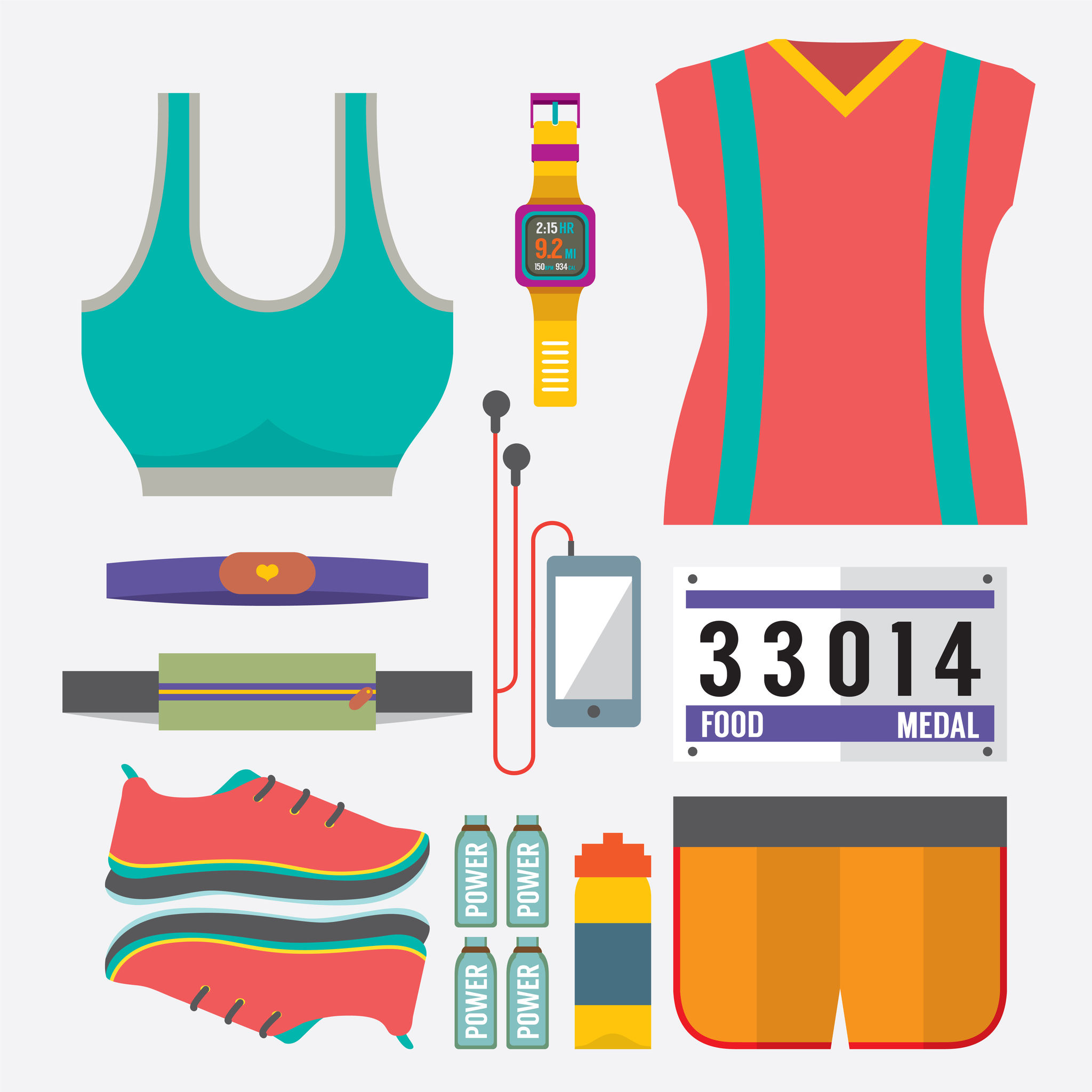Running is easily one of the most accessible and rewarding hobbies out there and taking it up gives your body all sorts of support, from lower body strength and cardiac endurance to some surprising mental health benefits. But there are a few hurdles (pun intended) faced by aspiring runners who strive to shave seconds off their mile or push themselves to new bests. If you’re stuck in a runner’s rut, here’s how to get over barriers and transform your running performance from amateur to Olympian.
1. Don’t Forget to Stretch—One of the easiest things you can do as a runner is to arm your body with the tools it needs to stave off injury. One twist of the ankle or overuse of the knee and you could be out for months, forced to start back at square one. Runners need to stretch before hitting the track or trail to warm up muscles and prepare them for a hard-hitting workout—tight, unstretched muscles are much more susceptible to tears and sprains—but they should also stretch to lengthen the muscles to achieve a longer stride.
2. Focus on the Upper Body—Running requires the strength and stamina of the calves, quads, hamstrings and hip flexors, but running well requires the strength of the entire body. Your core muscles—especially the abs and obliques—are vital to a good running stance, helping to provide you with essential strength and stability when you’re hitting your toughest miles. Spend as much time strengthening your core, back and arms as you do your legs if your goal is to push yourself further. Remember: Running isn’t just about cardio…you also have to spend some of your time with the free weights if you want to condition your body to its best state.
3. Get Your Rest—No surprise here, but adequate sleep is one of the most-cited secret weapons among successful athletes. A great way to make every single second of your day (and night) count towards your ultimate running goal is to use your resting and bedtime hours to support the legs and circulatory system, two components that serious runners must nurture. Propping up your legs with an elevated leg rest gets the body’s blood flowing and helps relieve some pressure, which can provide a better night’s rest and will help soothe sore, achy and tired feet and legs.
4. Learn Breathing Exercises—It’s not yoga, but running also requires focused, measured breath. Getting your breathing down pat can help you improve your rhythm and keep your center on longer jogs, even when you’d usually be grasping for air. How? The experts say that deep and rhythmic breathing conditions respiratory muscles, which equates to more endurance and less fatigue. Interestingly, studies show that the harder these muscles have to work, the more the leg muscles have to compensate, leading to overuse and fast fatigue. Just breathe!
5. Befriend the Foam Roller—Like stretching, foam rolling elongates, loosens and warms the muscles, providing a more targeted release of tight “knots” and pressure points. This technique, called self-myofascial release, uses a gentle, rolling massage to break up the fascia—the fibrous tissue surrounding the muscles—that becomes stuck together, causing knots. Regular foam rolling also improves circulation and flexibility, which can in turn help you enhance your body’s range of motion and ease of movement as well as lower your risk of injury while you’re in motion. You can use special sports medicine rollers, tennis balls or even water bottles to release the fascia.
6. Let Your Gear Guide You—We can’t overstate this enough: There is simply no parallel to a good pair of running shoes. Choosing a pair with the proper arch support, cushion and shape for your particular pronation pattern should be the first step to success for any serious runner. Good running shoes support your natural stride, helping to push you further and faster, while ill-fitting ones can cause all kinds of pain in the feet, legs and back. How do you find a pair that’s a perfect fit? Your best bet is to go to a local running shoe store and have your feet professionally fitted.

7. Work on Mental Endurance—For many of us, it’s not the wrong shoes, socks or stretches that inhibit us from meeting our fitness goals. It’s sometimes things that are a bit less obvious, like the wrong playlist, the wrong attitude or the wrong mental state entirely. The best runners are the ones who are mentally tough and resilient—even when they want to give up, they somehow push themselves further and break their own records—and the ones who can find deep enjoyment in the physical strain and discomfort of running. Enhance your jogs with energy-boosting music, mental imagery, personal mantras and motivational materials to ensure that your mind can handle anything the track throws at you.
At the end of the day, kicking your running game up a few notches really comes down to making small, realistic changes that you can integrate into your routine slowly. It’s about upping your game in other areas first, like stretching, breathing and building muscles. But by far the most important thing required for next-level athletic prowess is the motivation to keep moving. As long as you find enjoyment in your exercise, and feel that it benefits you in some way, you’re doing it right!


